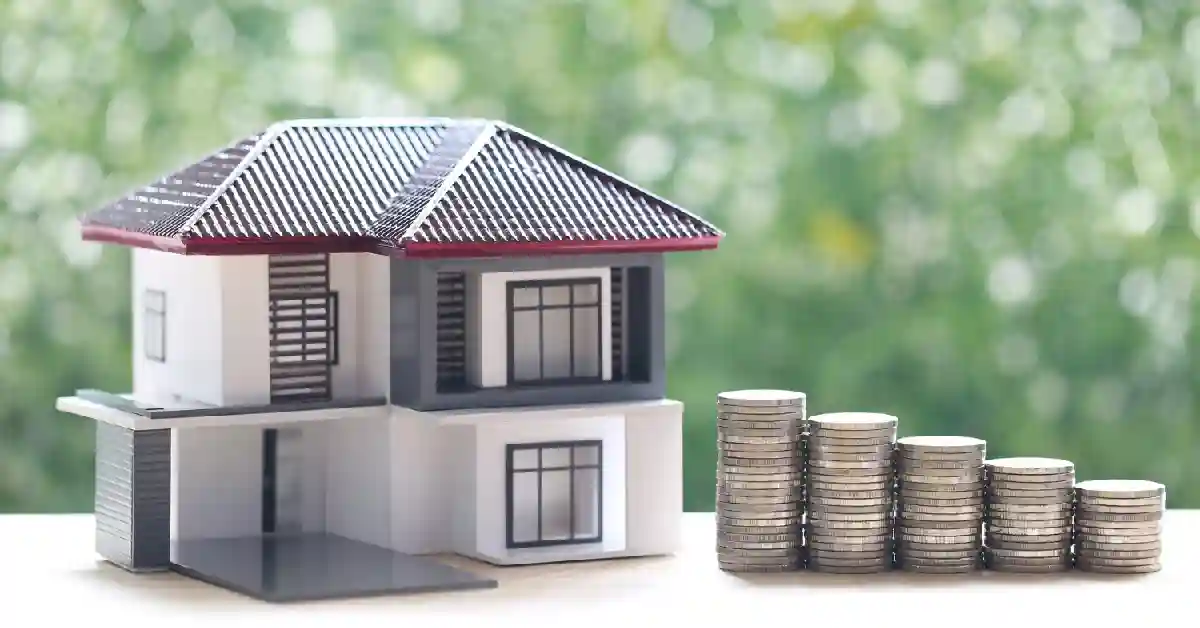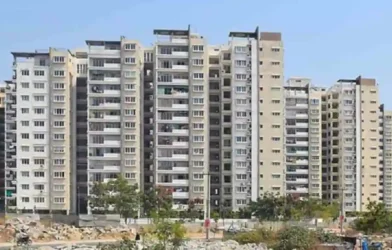Subtotal ₹1,348.00
As the recently held general elections have turned the spotlight on ease of living, the real estate and housing sector looks up to the upcoming budget for promoting affordability , leading to ease of living.
Vinod Behl
Over the last couple of years, the affordable housing segment of residential real estate has been severely hit due to rising property prices and the home loan rates remaining constantly elevated for long The discontinuance of interest subsidy on home loan rates to first time home buyers under Credit Linked Subsidy Scheme (CLSS) of Pradhan Mantri Awas Yojana (PMAY) and withdrawal of income tax benefit to developers of affordable housing, made the matters worse. As a consequence of this, both demand and supply of affordable housing has been adversely impacted. This is clearly evident from the share of affordable homes in the overall sale of homes dropping to 27 percent in the January-July 2024 period.
While on one hand the confidence of home buyers in under-construction properties has gone up over a period of time due to continuous improvement in the regulatory mechanism , on the other hand substantial price rise in these properties has eroded their sentiment.As per Anarock study, NCR and MMR housing prices have surged 49 percent in 5 years. According to Magicbricks Propindex Report for April-June 2024 quarter , while supply of under-construction property has increased by 11..7 percent, QoQ, the prices have risen by 15.2 percent. A recent PropEquity Report points out that the residential property launch prices in Tier 2 cities have almost doubled (clocking a rise of 94 percent) between FY ’20-FY ’25 due to boost in connectivity, infra development, a growing job market and lower cost of living.
Though the residential segment has seen the highest sales in a decade ,the runway rise in housing prices has put brakes on the bull run with housing sales witnessing a quarterly drop of 8 percent in Q2 2024. The continuous dip in demand and supply of affordable housing does not augur well for the flagship ‘Housing for All’ mission.
For ease of living a dignified life , access to affordable housing is the key.But unfortunately housing affordability is still far away. Today, on an average, a household needs to spend around 24 percent of its household income to pay EMI for housing loans. And as in cities like Mumbai 40 percent of the population is forced to live in slums, providing affordable housing to masses assumes significance.
It is high time affordable housing was revived with supporting government policies and budgetary boost. It is a welcome sign that the government has already announced the construction of 3 crore affordable homes in urban and rural India. This year’s budget is set to roll out necessary financial assistance for it. The government’s policy initiative for lower and middle class will bear positive results by restoring interest subsidies to homebuyers under CLSS of PMAY to push demand and by reintroducing income tax relief to developers of affordable housing to boost supply . It remains to be seen how the government in this budget reworks/redesigns the PMAY scheme in terms of threshold price limit and home size eligibility criteria in order to rejuvenate affordable housing.
The budgetary measures like relief in personal income tax by either hiking the tax exemption limit or rationalising the tax rates , will help boost disposable income of homebuyers and relief on home loan by increasing the tax exemption limit on both the principal amount and interest paid on home loan , will help spur demand . The budgetary provisions for rationalising construction finance rate and land rates for the developers of affordable housing may well prove to be a supply side booster. The budget should also come up with a focused policy to boost construction finance to developers including more funds for completing stressed/stalled housing projects.
A Credai-Colliers Developers Real Estate Sentiment Survey has pointed out that more than 50 percent of developers are seeking tax rationalisation and lower interest rates to boost the sector. Some substantial fiscal measures in the budget on demand and supply side may well stimulate growth , making home ownership more affordable for masses in turn attracting more domestic and foreign investments for the long-term sustainable growth of the real estate sector.
 Torbit 2021 – Realty Reinvigorated
Torbit 2021 – Realty Reinvigorated  Torbit 2023: Maintaining Growth Momentum Amid Inflationary Turbulence
Torbit 2023: Maintaining Growth Momentum Amid Inflationary Turbulence  TORBIT 2024 Rising demand, Rising supply and Rising prices
TORBIT 2024 Rising demand, Rising supply and Rising prices 













